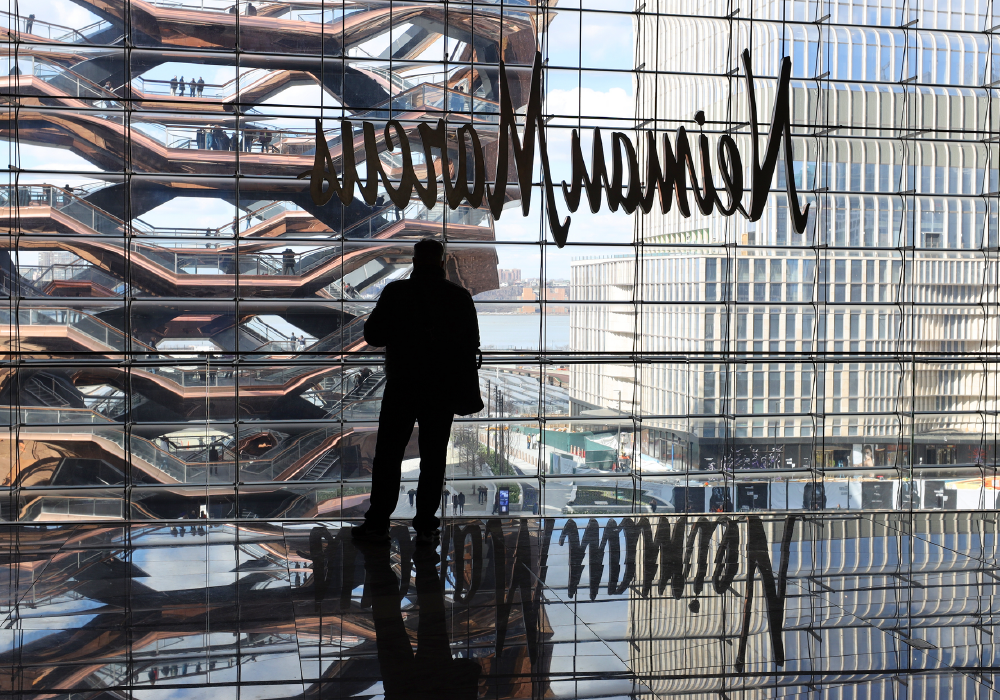Hudson Yards: Future or Folly?
May 1, 2019 • Fans refer to it as one of the greatest transformations of a grossly underutilized part of New York City and critics deride it as a sanitized playground pandering to the rich. According to a recent analysis by The New School, public infrastructure financing that paid for the subway extension to Hudson Yards, parks and a new public school for the project, together with job creation tax benefits, add up to a public subsidy of $5.7B for the project, well in excess of the widely criticized $3B offered to Amazon.
The Related Companies made a $1B commitment to secure the right to develop Hudson Yards. Together with its co-developer, Oxford Properties (headquartered in Canada), Related kept the project going in spite of years of economic decline triggered by the recent great recession. As Hudson Yards began to materialize spurred on by the High Line (the adjacent public park that has garnered widespread praise and attracts throngs of visitors) development opportunities washed over the surrounding neighborhood. Property values have skyrocketed and numerous adjacent sites have been, and will continue to be, redeveloped.
No matter your perspective on large-scale development projects supported by taxpayer money, it’s hard to ignore the value creation exemplified by Hudson Yards. Once a deserted stretch of rail yards surrounded by a motley array of buildings in various stages of disrepair, Hudson Yards can now boast of job creation numbering in the thousands, tax revenues in the billions and public amenities available to anyone who cares to partake.
